Ketamine-Induced Activation of the TeA Region in Mice Correlates with Auditory and Visual Hallucinations
DOI: 10.23977/phpm.2025.050219 | Downloads: 4 | Views: 148
Author(s)
Xu Le 1
Affiliation(s)
1 New York University, 70 Washington Square South, New York, NY10012, USA
Corresponding Author
Xu LeABSTRACT
Ketamine, a non-competitive NMDA receptor antagonist, is widely used to model hallucination-like states in both humans and animals, yet the precise neural mechanisms underlying its auditory effects remain unclear. This study investigates how ketamine alters auditory perception by targeting the temporal association cortex (TeA), a higher-order auditory processing region. Using a multi-modal approach combining stereotaxic viral injection, fiber photometry-based calcium imaging, immunofluorescence for c-Fos expression, and behavioral analysis via a two-alternative forced choice (2AFC) task, we examined ketamine's impact on TeA function in C57WT mice. We found that ketamine significantly increased c-Fos expression in TeA, indicating elevated overall neuronal activity. Paradoxically, fiber photometry revealed a concurrent reduction in calcium signal intensity, suggesting impaired signal fidelity and auditory information processing. Behaviorally, ketamine-treated mice exhibited marked deficits in high-frequency sound discrimination, supporting a functional link between TeA dysfunction and auditory perceptual impairment. These results suggest that ketamine disrupts auditory cognition by destabilizing TeA circuit dynamics, offering new insights into the neural basis of hallucinations and laying the groundwork for future circuit-targeted interventions.
KEYWORDS
Ketamine, Temporal Association Cortex (TeA), Auditory Hallucinations, Calcium Imaging/ c-Fos Expression, Auditory Discrimination DeficitsCITE THIS PAPER
Xu Le, Ketamine-Induced Activation of the TeA Region in Mice Correlates with Auditory and Visual Hallucinations. MEDS Public Health and Preventive Medicine (2025) Vol. 5: 129-138. DOI: http://dx.doi.org/10.23977/phpm.2025.050219.
REFERENCES
[1] De Leede Smith, S., & Barkus, E. (2013). A comprehensive review of auditory verbal hallucinations: lifetime prevalence, correlates and mechanisms in healthy and clinical individuals. Frontiers in Human Neuroscience, 7, 367. https://doi.org/10.3389/fnhum.2013.00367
[2] Homayoun, H., & Moghaddam, B. (2007). NMDA receptor hypofunction produces opposite effects on prefrontal cortex interneurons and pyramidal neurons. Journal of Neuroscience, 27(43), 11496–11500. https: //doi. org/10. 1523/JNEUROSCI.2213-07.2007
[3] Hu, X., & al., et. (2024). TeA activity increases under NMDA receptor blockade in ketamine models of hallucination. Nature Communications, 15, 1297. https://doi.org/10.1038/s41467-021-21735-x
[4] Komatsu, M., & Ichinohe, N. (2020). Effects of ketamine administration on auditory information processing in the neocortex of nonhuman primates. Frontiers in Psychiatry, 11, 826. https://doi.org/10.3389/fpsyt.2020.00826
[5] Komatsu, Y., & Ichinohe, N. (2020). The role of association cortices in hallucination-like states: A multisensory perspective. Frontiers in Systems Neuroscience, 14, 24. https://doi.org/10.3389/fnsys.2020.00024
[6] Krystal, J. H., Karper, L. P., Seibyl, J. P., Freeman, G. K., Delaney, R., Bremner, J. D., ... & Charney, D. S. (1994). Subanesthetic effects of the noncompetitive NMDA antagonist, ketamine, in humans: psychotomimetic, perceptual, cognitive, and neuroendocrine responses. Archives of General Psychiatry, 51(3), 199–214. https: //doi. org/10. 1001/archpsyc.1994.03950030035004
[7] Kulikova, S. P., & al., et. (2022). NMDA receptor dysfunction alters cortical calcium pump mechanisms and glutamatergic signal fidelity. Neuropharmacology, 208, 108933. https://doi.org/10.1016/j.neuropharm.2022.108933
[8] Kulikova, S., Qin, Y., & Izhikevich, E. (2022). Ketamine found to increase brain noise. European Journal of Neuroscience. https://doi.org/10.1111/ejn.15845
[9] Lisek, M., & al., et. (2017). Ketamine dysregulates PSD95–NMDAR–PMCA complex, disrupting Ca2+ homeostasis in cortical neurons. Molecular Neurobiology, 54(3), 2334–2346. https://doi.org/10.1007/s12035-016-9815-0
[10] Lisek, M., Ferenc, B., Studzian, M., Pulaski, L., Guo, F., Zylinska, L., & Boczek, T. (2017). Glutamate deregulation in ketamine-induced psychosis—A potential role of PSD95, NMDA receptor and PMCA interaction. Frontiers in Cellular Neuroscience, 11, 181. https://doi.org/10.3389/fncel.2017.00181
[11] Montagnese, M., et al. (2021). A review of multimodal hallucinations: Categorization, assessment, theoretical perspectives, and clinical recommendations. Schizophrenia Bulletin, 47(1), 237–245. https: //doi. org/10. 1093/schbul/sbaa101
[12] Winterer, G., & al., et. (2023). Ketamine and auditory processing: Cortical network modeling and neurophysiological evidence. Biological Psychiatry, 93(6), 479–487. https://doi.org/10.1016/j.biopsych.2022.11.003
[13] Zarate, C. A., Singh, J. B., Carlson, P. J., Brutsche, N. E., Ameli, R., Luckenbaugh, D. A., ... & Manji, H. K. (2006). A randomized trial of an N-methyl-D-aspartate antagonist in treatment-resistant major depression. Archives of General Psychiatry, 63(8), 856–864. https://doi.org/10.1001/archpsyc.63.8.856
[14] Zeng, H., Yu, D., & Li, K. (2023). Disruption of sensory precision by ketamine in mouse auditory cortex. NeuroImage, 275, 120161. https://doi.org/10.1016/j.neuroimage.2023.120161
| Downloads: | 4436 |
|---|---|
| Visits: | 253702 |
Sponsors, Associates, and Links
-
MEDS Clinical Medicine

-
Journal of Neurobiology and Genetics
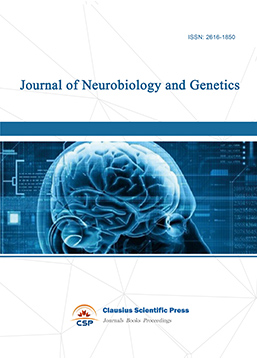
-
Medical Imaging and Nuclear Medicine

-
Bacterial Genetics and Ecology
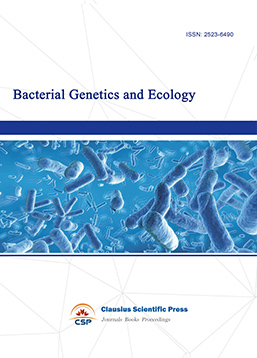
-
Transactions on Cancer
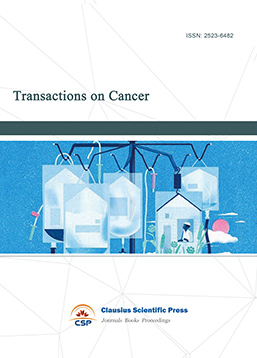
-
Journal of Biophysics and Ecology

-
Journal of Animal Science and Veterinary
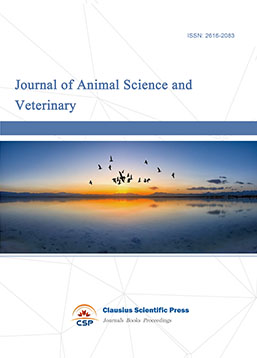
-
Academic Journal of Biochemistry and Molecular Biology
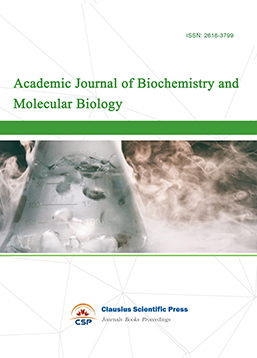
-
Transactions on Cell and Developmental Biology

-
Rehabilitation Engineering & Assistive Technology
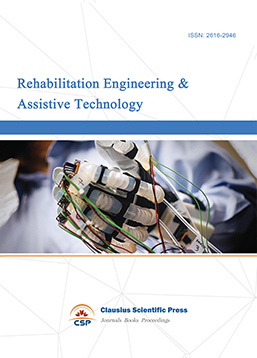
-
Orthopaedics and Sports Medicine
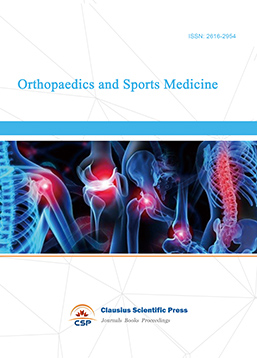
-
Hematology and Stem Cell

-
Journal of Intelligent Informatics and Biomedical Engineering
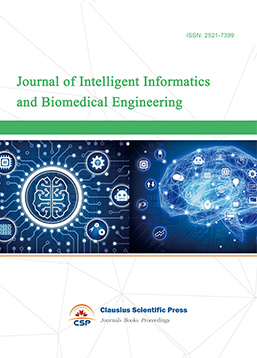
-
MEDS Basic Medicine
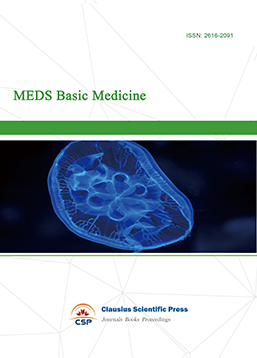
-
MEDS Stomatology
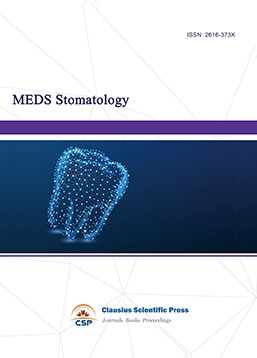
-
MEDS Chinese Medicine
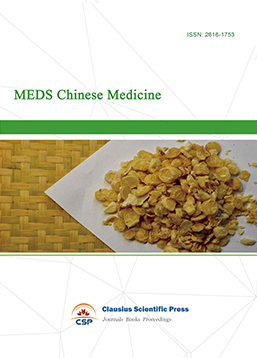
-
Journal of Enzyme Engineering

-
Advances in Industrial Pharmacy and Pharmaceutical Sciences
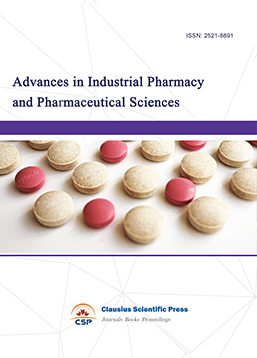
-
Bacteriology and Microbiology
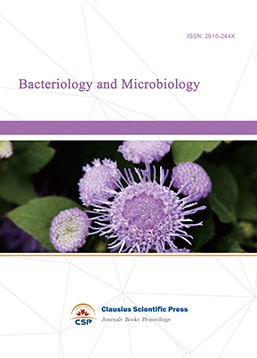
-
Advances in Physiology and Pathophysiology

-
Journal of Vision and Ophthalmology
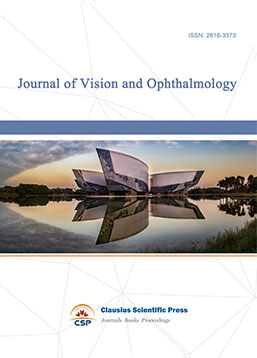
-
Frontiers of Obstetrics and Gynecology

-
Digestive Disease and Diabetes

-
Advances in Immunology and Vaccines

-
Nanomedicine and Drug Delivery
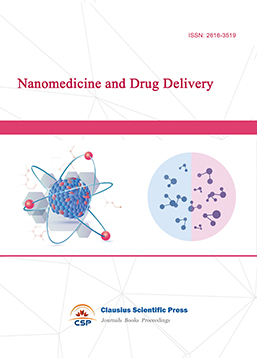
-
Cardiology and Vascular System

-
Pediatrics and Child Health

-
Journal of Reproductive Medicine and Contraception

-
Journal of Respiratory and Lung Disease
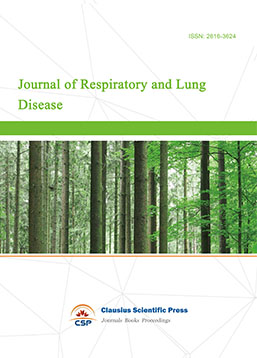
-
Journal of Bioinformatics and Biomedicine


 Download as PDF
Download as PDF